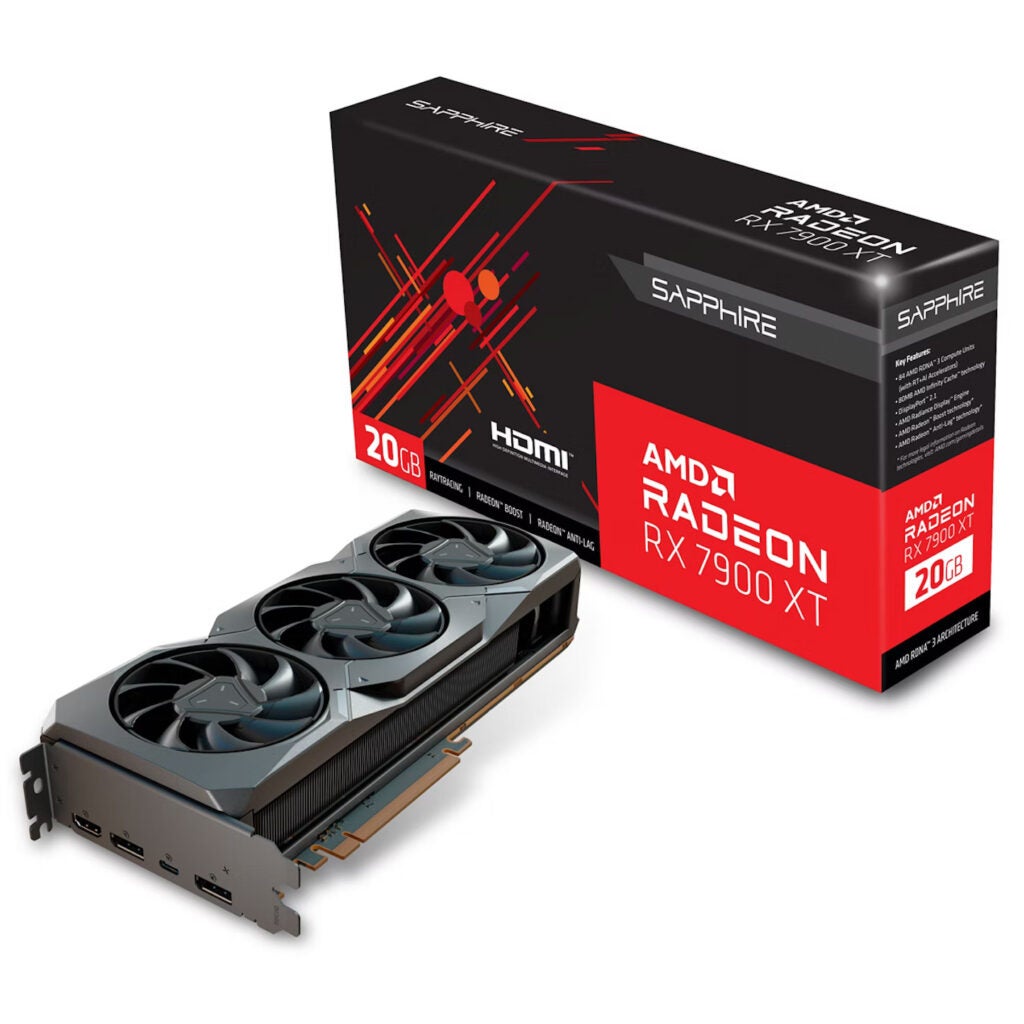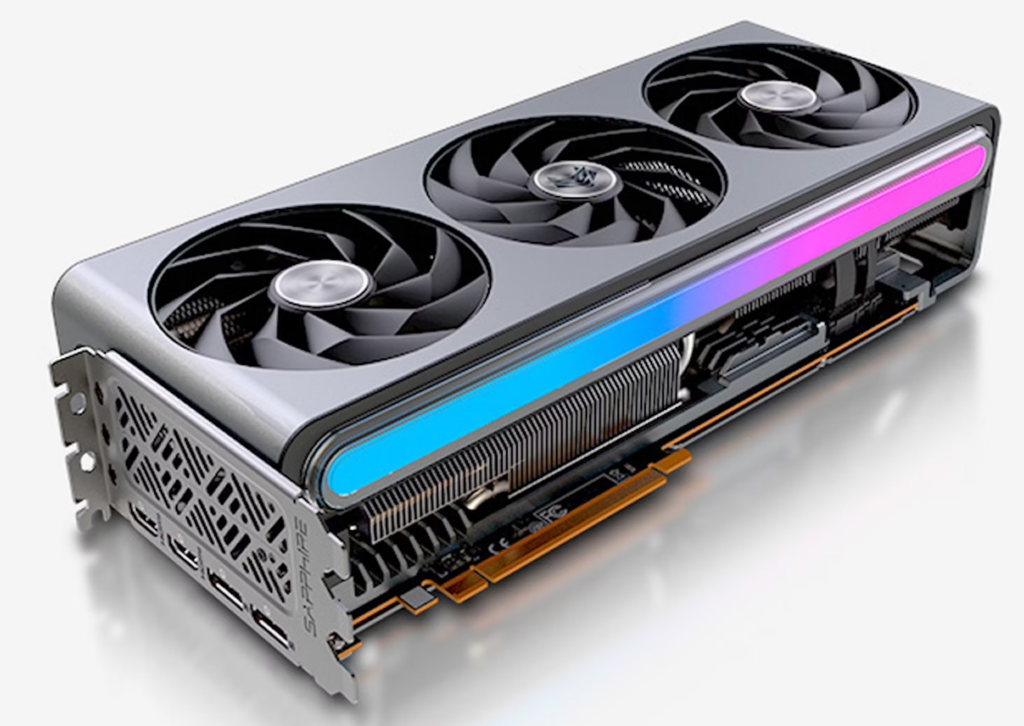The latest graphics cards in the AMD Radeon 7000 series offer serious power, with the AMD Radeon RX 7900 XTX championed as the flagship model.
But what about the AMD RX 7900 XT? With all of the different product names, it can be confusing to know what’s the difference between the models.
We want to run through some of the key differences – and similarities – between the RX 7900 XT and RX 7900 XTX so you can decide which card is best suited to your needs.
The RX 7900 XTX has a higher boost clock speed
The RX 7900 XT has a max boosted clock speed of 2.4GHz, according to AMD, while the RX 7900 XTX packs a marginally better 2.5GHz boosted clock speed.
In a nutshell, the boosted clock speed on an AMD card is the maximum frequency speed that the card can run without being overclocked. This does not mean that you will be seeing 2.5GHz of speed during every activity you engage in, but it gives you an idea of the performance ceiling. With that in mind, if you’re looking for the most raw power, then the RX 7900 XTX is the card to go for.

Both run on AMD RNDA 3 architecture
Both the RX 7900 XTX and RX 7900 XT run on the latest AMD RDNA 3 architecture. This architecture combines 5nm and 6nm process nodes, each of which is optimised for specific jobs. AMD claims that this offers a 54% boost in performance per watt when compared to RDNA 2 architecture, making these new cards more powerful than their predecessors.
There is also increased AI throughput that delivers up to 2.7 times higher performance, alongside second-generation ray tracing technologies that provide 1.8 times better performance than RDNA 2. It’s important to note that even though these cards both run on RDNA 3 architecture they will perform differently due to the differing specs.
The RX 7900 XTX needs a more powerful PSU
According to AMD, the RX 7900 XTX requires at least an 800W PSU (Power Supply Unit). The RX 7900 XT, meanwhile, requires a 750W PSU at minimum.
In our tests, we did find that the RX 7900 XTX used up more power than the RX 7900 XT; our test rig managed to hit 526W with the former installed during intensive tasks, while the RX 7900 XT only hit 485W. This means that the RX 7900 XTX will be more costly to run, so you may want to consider the RX 7900 XT if you’re hoping to cut back on your electricity bills.

The RX 7900 XTX is more expensive
Since the RX 7900 XTX is the most powerful card out of the two, it’s no surprise that it’s more expensive. The RX 7900 XTX launched with an official price of $999/£999, but it can be found at various prices on different third-party sites.
The RX 7900 XT is a little more affordable in comparison, sitting at $899/£899. So if you’re hoping to save money, then the RX 7900 XT will be more desirable.




